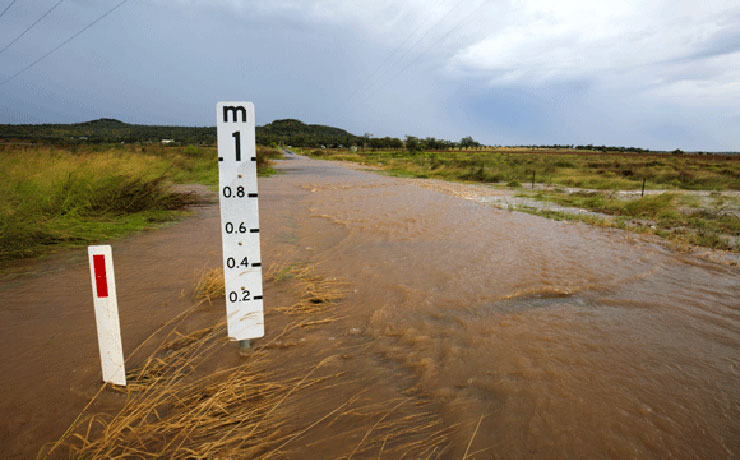by Dafyd Martindale
If the recent Hepatitis A scare caused by frozen Chinese berries has you concerned about eating imported foods, you’re not alone.
Just a few days after the story about Nana’s berries broke, four Sydneysiders were laid low by a batch of toxic John Bull tuna imported from Korea.
And as the Courier-Mail reported shortly afterwards, over the last six months nearly 200 imported foods bound for Australian supermarkets were found to contain contaminants that could cause miscarriages, cholera and other harmful effects.
Even more worrying, 83 of them had already been released for sale by the time authorities realised they’d failed food safety tests.
It seems incredible that in a country that produces abundant food, experts estimate more than 80 per cent of products in the average Australian supermarket trolleys are now either imported, or produced by a foreign-owned company.
For example, most of the ingredients in MasterFoods products come from China or South America.
And while grow the best peanuts in the world, the biggest selling brand in this category – Kraft – gets most of its peanuts from South America.
The Department of Agriculture’s most recent figures show that in 2012-13, Australia imported a staggering $11.6 billion worth of food.
This was a 2.5 per cent increase on 2011-12.
New Zealand remains the biggest single source of our food imports (17.8 per cent).
But China’s share of Australia’s total food imports almost doubled to 7.5 per cent between 2002-03 and 2012-13.
And in the same period, imports from ASEAN countries grew by an average of 10 per cent a year to $2.6 billion.
Australia has also been a net importer of processed seafood since 2001-02.
And we have been a net importer in the combined category of “fresh and processed” fruit, nuts and vegetables since 2003-04 due to the growing imports of processed products.
But that’s not to say that all Australian foods are guaranteed to be 100 per cent healthy.
Contamination can happen to Australian-produced foods. too.
Just recall the Primo smallgoods food recall in 2008 after packets of some of its cold cut meat products were found to be contaminated with listeria.
Or the more tragic, recent death of a three year old in Victoria who died after drinking unpasteurised milk.
But – on balance – it does seem fair to say that the incidence of contamination of Australian food products appears to be much, much lower than the foreign foodstuffs we’re importing at the moment.
And if our food testing regimes are so inadequate that 83 potentially toxic foods can be released onto supermarket shelves before tests disclosed they should never have left the bond stores, then things need to change.
Perhaps one of the biggest changes we need to make is our own buying habits.
The allure of foreign-produced foods – especially in the last few years when our dollar was at (or above) parity with the US dollar – is that they are cheap.
We can access all types of fresh foods year-round in our supermarkets these days thanks to imports, and we can do so at prices that won’t break the bank.
And we can fill our trolleys with many, many other foods that were once prohibitively expensive – again, because they come from countries where the Aussie dollar buys more from foreign producers than it can from producers back home.
But is our addiction to cheap foods worth our health?
We don’t think so.
























